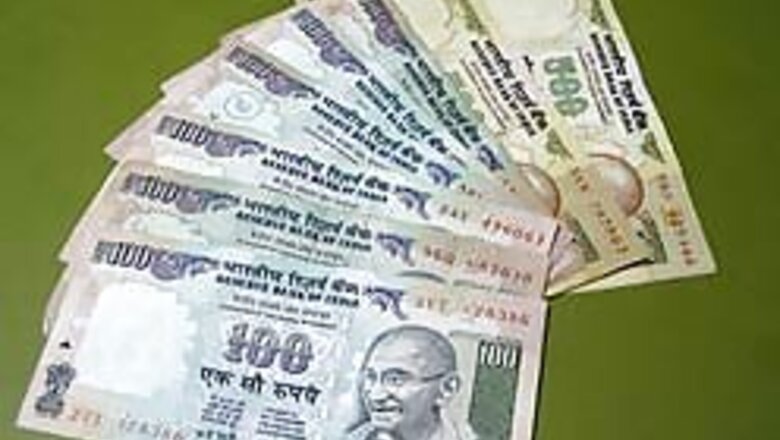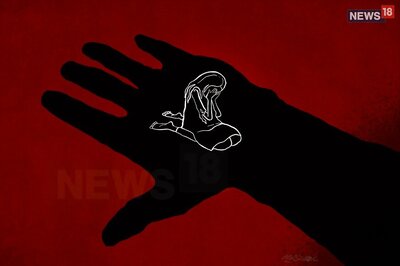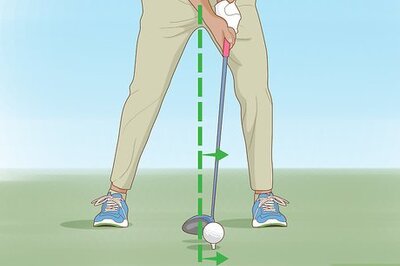
views
Mumbai: The US Fed might have paused hiking interest rates in its last two meets. But that does not seem to send clear signals for global interest rates trend, thereby keeping the currency markets on its toes.
Sharada Selvanathan, Currency Strategist at BNP Paribas says that housing market suggests a downtrend in the US economy. Based on this, she thinks that the Fed will cut rates as early as the end of the year.
She further adds the softening of crude prices is positive for the Indian rupee. Selvanathan believes that fund flows into the Indian market will support the Indian rupee.
Exclusive interview with Sharada Selvanathan:
Q: How have you read what the Fed has to say and what sort of impact do you see US Dollar versus Asian currencies like ours?
A: I think the next move in rates will be down but the question is when will that happen. The market seems to think the Fed will cut only in March or in Q2 of 2007.
At BNP Paribas, we are lot more pessimistic on the US economic outlook, coming from the housing market and also the general state of the household balance sheet.
It suggests that we are seeing the house prices hitting a brick wall, which means that their consumers will not find the kind of buffer that they could have. Savings are at negative levels and because of this, I think the downturn in the US economy will be more significant than what a lot of people expect.
So with this in mind, we think that the Fed will be more proactive. They will see the data coming in is on the weaker side, not just the housing data, but also the broader economy. Based on this, we think that the Fed will cut rates as early as the end of the year.
Q: What does this mean for the dollar against the Asian currencies?
A: On the back of our view, we think this is basically the beginning of the end of cyclical support for the dollar as we see US data coming on is on the weak side. It is likely that we will see the dollar coming under some pressure but the question really is - how will it affect or react against the Asian currencies?
On the one hand, it is a cyclical negative for the dollar. But on the other hand, we might see volatility in Asian currency markets. If the market does get a shock from this growth weakening in the US, it is likely that we could see Asian currencies coming under some pressure on certain days. So I think it will be quite choppy, given that some Asian economies are quite dependent on the external sector.
PAGE_BREAK
So at the very start, we might see a lot of fluctuation, there will be days when we will have cyclical dollar softness. But on other days when emerging markets get hit, we could see Asian currencies a bit soft.
However, moving away from this period of volatility, I think the market will come to differentiate between Asian economies and Asian currencies. We will probably see the market, where there is more domestic dependence. Currencies of this nature will do better than currencies that have a very external dependence.
Q: How closely have you been watching the commodity market and the cool down in markets like crude? How close is the correlation now between currencies and commodities?
A: The Indian rupee has been a beneficiary of the decline in crude prices simply because of the current account deficit. Now, there has been a lot of talk that over the last few years, the high level of oil prices has put a tremendous impact on certain current account deficit economies.
If one sees crude oil prices coming off, it will be positive. Based on this and several other factors like continued inflows into Indian markets, it is likely that we will see continued support for the Indian rupee.
Nonetheless, I think it will be gradual. The officials will make sure that the appreciation isn’t too significant and too quick.
Q: How does your outlook for what the Fed will do, that is cut rates, sync with what the European Central Bank will do because they clearly are talking about increasing rates?
A: The ECB will continue to hike rates for the remainder of this year and this will give the Euro some support. Given the cyclical downturn that we expect in the US, the fact that the dollar will come under pressure, more so against European currencies, we will see Euro-Dollar gradually moving higher.
But over the next year, there is a lot of concern. The Euro zone economy will get hit from the domestic side and a higher exchange rate. It will also get hit from the side of the fact that the US economy is slowing. We can't deny that the external side of the Euro zone economy will get hit on this angle as well.
So we will see lower growth in the Euro zone in 2007, which will make the ECB a bit more cautious in its rate outlook. We don’t think that there will be any hikes by the ECB next year.
So, the peak in rates will be seen at the end of this year. It will provide the Euro with some medium term support. But moving later on into 2007 or maybe in the second half, we could see Euro-Dollar moving back towards fair value, which will be around 130 mark.


















Comments
0 comment